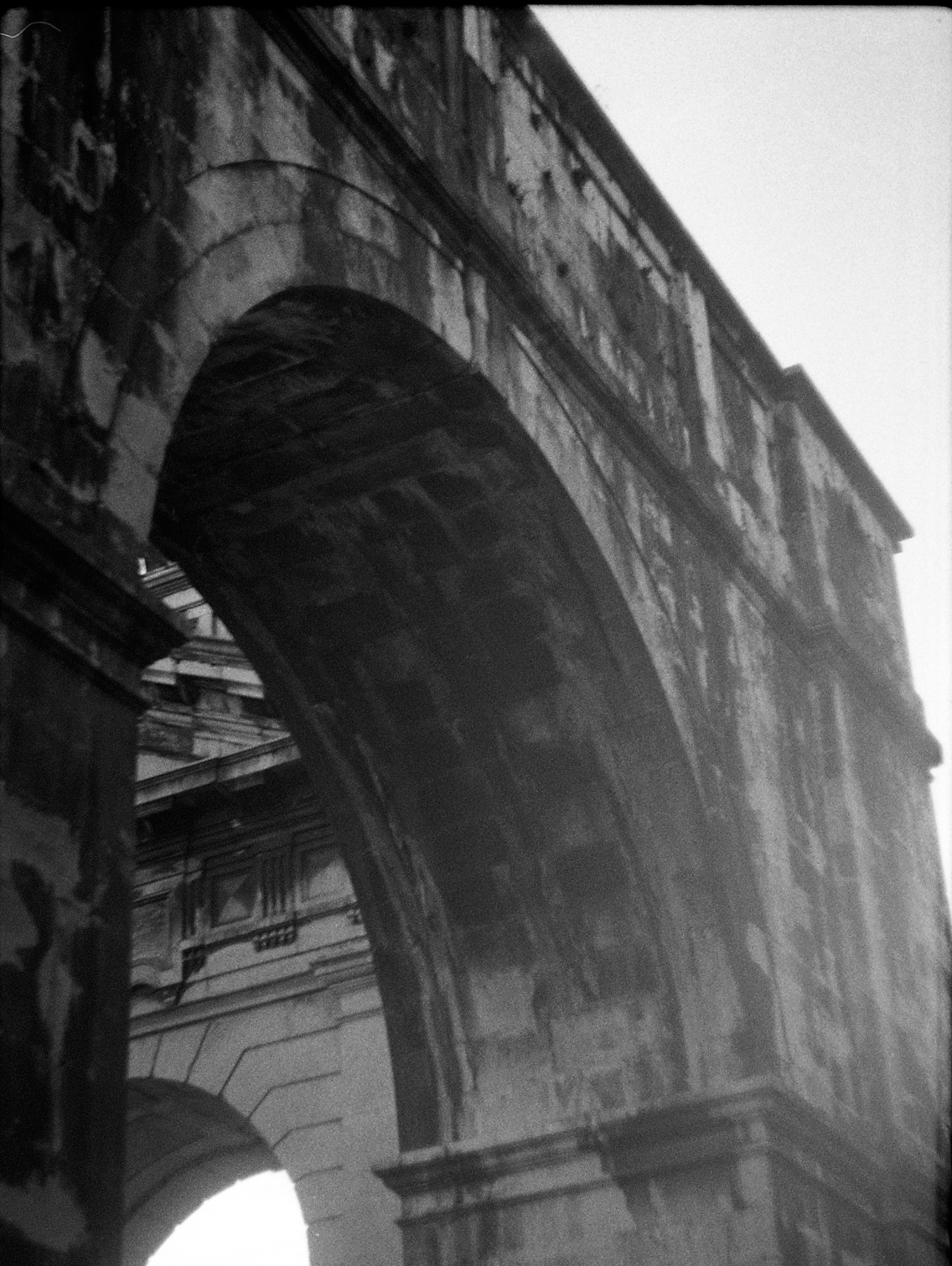
Wolf Town
for saxophone quartet
Premiered November 12, 2021
Sprengel Museum, Hannover
Quatuor de saxophones Quasar
If the string quartet is “a conversation amongst four intelligent people”, as Goethe once quipped, Wolf Town is a Mexican standoff.
The four parties are bound to each other, required to sustain a strategic tension that presents them no suitable exit strategy. Achieving any sort of victory is not an option, and neither is extricating oneself from the situation. And yet, despite being ostensibly pitted against each other, any participant engaging in aggression would in fact guarantee their own demise.
Where do we go from here? Well: nowhere, if the standoff metaphor is credible. The quartet is locked into a relationship of interdependence.
The piece employs some sort of quasi-proportional notation. A more conventional notation, be it metrically notated or arranged in accordance to a time grid, could almost be salvaged or intuited from the way it is presented — but shouldn’t. This spatial arrangement clues the players about the temporal proportions within each of their utterances, as well as about the proportions between different gestures.
The “blots” that accompany the notated pitches graphically trace the air pressure blown into the instrument over time — in other words, the amount of energy to be input into the physical system that is the instrument. Because of the underlying physics of a wind instrument, this has the twofold function of depicting the dynamic level, but also the brightness or complexity of the timbre. But the time-axis against which this energy is plotted resists collapsing into a discrete unit, remaining instead flexible and continuous, unmeasured and unmeasurable: Bergson’s durée. This affords the players time to negotiate the production of sound in the context of a vocabulary that gradually but surely withdraws itself further into terrains of fragility from an initially resolute stance. Or, more interestingly, this allows the material itself — its temporal unfolding, its dramaturgy, its physicality — to shape and constrain time, rather than the other way around. Just like time resisted its being severed into discrete units, the material also fights back.
The concrete temporal unfolding of each gesture, however, is not only conditioned internally by the circumstances inherent to its physical production (such as dynamic level or pressure and resistance of a particular multiphonic fingering), but is in fact incessantly negotiated in the interaction between parts. This malleable time — this durée — that springs forth from the material could condemn the players to a certain kind of closed-off autonomy, doubtlessly headed in the direction of noise or inconsequential muttering. Far from it: the parts are coordinated by a system of aural cues, forcing the players into the standoff. The four parties are bound to each other, required to sustain a strategic tension.
The unique durée of each of the players pushes and pulls against the others’, further destabilizing the relationship between the musician and the sounds (s)he produces, as well as the symbolic layer’s already fraught relationship with the heard outcome. The radical absence of any kind of technical, metronomical time — the kind of pulse one could tap one’s foot to, as in the string quartets of the past, safeguarding some part of one’s autonomy — makes it so that extricating oneself from the situation is impossible. This network of contingencies collapses only in the moment of playing. Thus, time is veritably materialized by this transsubjective ritual. Time stops on its tracks the moment one disengages from actively producing it. There simply is no a priori abcissa against which to track the virtual unfolding of the piece.
Much like with the sounds themselves, this interdependency strips the players of any initial illusion of resolve or autonomy. And yet, this interdependence that brought them into a state of fragility is the only way for them to press on.
The title is borrowed from a poem by the Canadian poet Anne Carson (The Life of Towns, from Plainwater, 1995), and hopefully retains some of the lingering dangerousness of her lines.